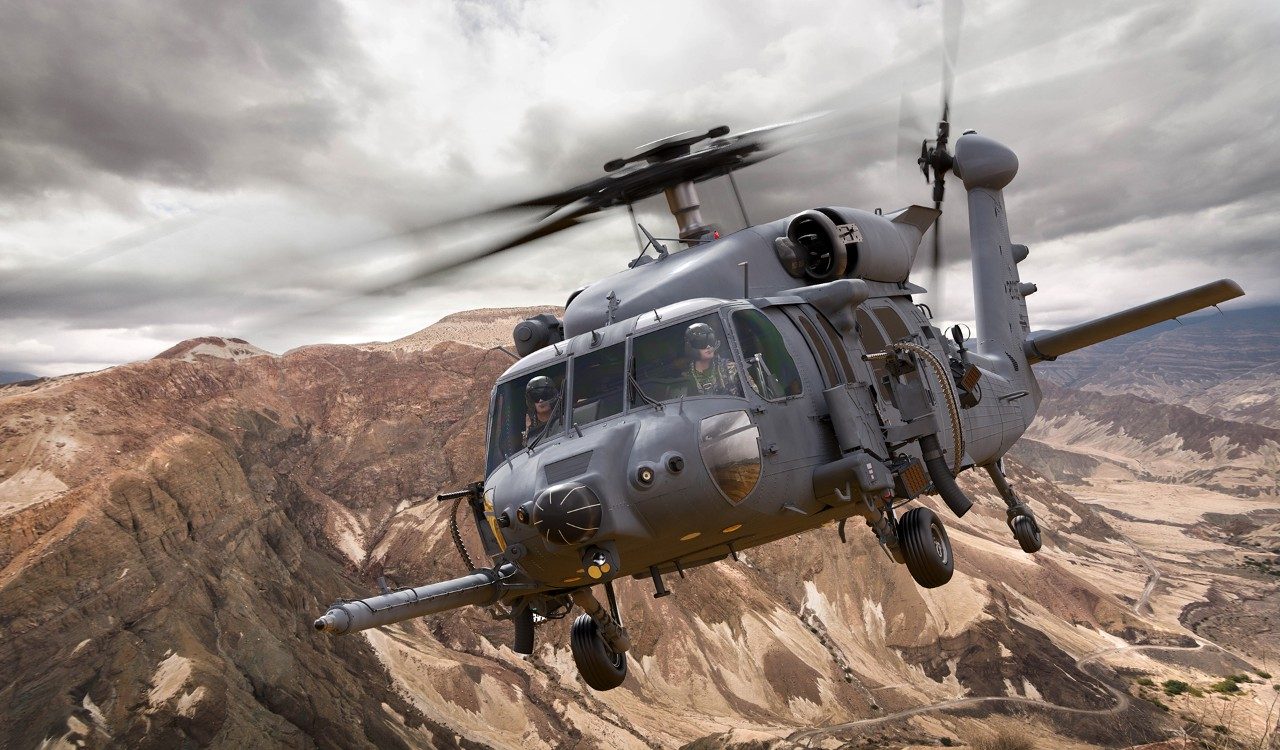History and Growth of the UH 60 Black Hawk Helicopter
History and Growth of the UH 60 Black Hawk Helicopter
Blog Article
The Influence of Lasting Practices on the Future of Aircraft Procedures and Emissions Reduction
As the aviation industry encounters enhancing examination over its environmental effect, the fostering of lasting methods arises as a crucial path towards future airplane procedures and exhausts decrease. Advancements in lasting aeronautics gas and developments in crossbreed propulsion technologies stand at the forefront of this change, encouraging substantial decreases in greenhouse gas exhausts.

Overview of Lasting Practices
Lasting practices in airplane procedures incorporate a series of techniques aimed at minimizing ecological impact while keeping operational efficiency. These techniques are necessary in the aeronautics sector's dedication to reducing its carbon impact and adhering to international ecological standards. Secret campaigns include optimizing flight paths to lower fuel usage, enhancing upkeep procedures to guarantee aircraft operate at peak performance, and carrying out innovative technologies such as winglets and light-weight materials that enhance aerodynamics.

Training and involving team on sustainability practices additionally play a crucial function, fostering a society of environmental obligation within organizations. On the whole, the combination of these lasting techniques not only helps minimize exhausts yet additionally enhances the long-term feasibility of the air travel industry, ensuring it meets the demands of both customers and regulatory bodies while adding to worldwide sustainability objectives.
Innovative Fuel Alternatives
Numerous innovative gas alternatives are emerging as essential solutions to reduce the aviation sector's reliance on traditional fossil gas. Among these options, Sustainable Aviation Fuels (SAFs) have obtained considerable attention because of their prospective to lower lifecycle greenhouse gas emissions by as much as 80% contrasted to conventional jet fuels. SAFs are stemmed from numerous feedstocks, including waste oils, farming deposits, and even algae, making them a flexible option for the sector.
One more appealing option is hydrogen fuel, which, when made use of in gas cells, generates only water vapor as a result. This zero-emission possible presents a considerable opportunity for decarbonizing flight procedures, especially for short-haul trips and local aircraft. Furthermore, electric propulsion systems are being checked out, leveraging battery technology to power aircraft. While present battery capability limitations array and haul, recurring improvements might quickly provide electrical flights sensible for details applications - uh 60.
Last but not least, biofuels stemmed from biomass are being explored, offering a renewable option that can be blended with conventional fuels. Jointly, these cutting-edge gas choices stand for a crucial action towards achieving a sustainable aeronautics environment, straightening with worldwide exhausts decrease targets and improving the industry's environmental stewardship.
Technological Innovations in Aviation

Exactly how can technological innovations improve the future of air travel? Advancements such as electrical and hybrid propulsion systems are at the leading edge, appealing substantial reductions in gas consumption and greenhouse gas emissions.
In addition, the application of sophisticated products, such as light-weight compounds, click this link adds to enhanced aerodynamics and fuel efficiency. Using expert system and artificial intelligence in flight operations enhances route planning and reduces gas melt by enabling real-time changes based upon weather and web traffic problems. Furthermore, the growth of autonomous and remotely piloted airplane systems stands to change freight and traveler transport, possibly enhancing efficiency while minimizing human error.
Furthermore, sustainable air travel technologies, consisting of innovative air traffic administration systems, can decrease and streamline operations congestion, causing reduced discharges during flight. These developments jointly stand for a paradigm change in air travel, promising a future where sustainability and operational effectiveness are linked, therefore sustaining the sector's dedication to reducing its ecological impact.

Governing Structure and Conformity
Because of the growing focus on ecological stewardship within the aeronautics sector, the regulative structure governing airplane procedures is advancing to promote sustainable techniques. Regulative bodies, such as the International Civil Aeronautics Company (ICAO) and numerous nationwide aeronautics authorities, are presenting stringent guidelines focused on minimizing exhausts and improving operational efficiency.
These regulations often include the fostering of Lasting Aeronautics Fuel (SAF), which has been recognized as a key component in attaining reduced carbon footprints. Compliance with these guidelines needs airlines to apply functional techniques and sophisticated modern technologies, such as enhanced flight paths and boosted find out air web traffic monitoring, to reduce gas intake.
Furthermore, the enforcement of discharges trading plans and carbon balancing out efforts is becoming significantly prevalent, compelling airline companies to check and report their emissions accurately. Non-compliance can cause considerable penalties, Source thus pushing drivers to focus on sustainability in their business versions.
Eventually, the evolving regulative landscape not just drives development and financial investment in green modern technologies but likewise fosters a culture of liability within the aeronautics market. As these frameworks proceed to create, the concentrate on lasting techniques will certainly be important to accomplishing the sector's lasting ecological goals.
Future Trends in Aircraft Operations
As the aviation market adapts to a significantly rigid governing atmosphere, future fads in aircraft operations are readied to concentrate on cutting-edge remedies that further improve sustainability and performance - uh 60. Key growths will likely include the fostering of innovative air web traffic monitoring systems, which make use of real-time information and expert system to optimize flight courses, lowering fuel intake and exhausts
Another substantial pattern is the enhanced assimilation of sustainable aeronautics fuels (SAFs) These choices to conventional jet fuel, derived from renewable sources, can substantially reduce lifecycle greenhouse gas exhausts. The industry's dedication to SAFs will likely speed up as airlines collaborate with gas manufacturers to guarantee schedule and cost-effectiveness.
Furthermore, the press towards electrification and crossbreed propulsion systems is gaining energy. Arising aircraft designs will certainly incorporate these technologies, offering quieter and a lot more reliable procedures, specifically for short-haul trips.
Final Thought
The adoption of lasting aeronautics gas, paired with improvements in hybrid and electric propulsion systems, is crucial for decreasing lifecycle greenhouse gas discharges. Optimizing flight courses and accepting ingenious innovations add to a quieter and a lot more eco pleasant aviation industry.
Technologies in lasting aviation fuels and advancements in hybrid propulsion modern technologies stand at the leading edge of this transformation, encouraging considerable reductions in greenhouse gas emissions.Numerous ingenious fuel choices are arising as essential solutions to lower the air travel industry's dependence on standard fossil gas - uh 60. Among these options, Sustainable Aeronautics Gas (SAFs) have actually acquired significant attention due to their possible to decrease lifecycle greenhouse gas discharges by up to 80% contrasted to traditional jet gas.An additional substantial fad is the boosted combination of sustainable aviation gas (SAFs) The fostering of sustainable aeronautics gas, paired with innovations in electrical and hybrid propulsion systems, is vital for lessening lifecycle greenhouse gas discharges
Report this page